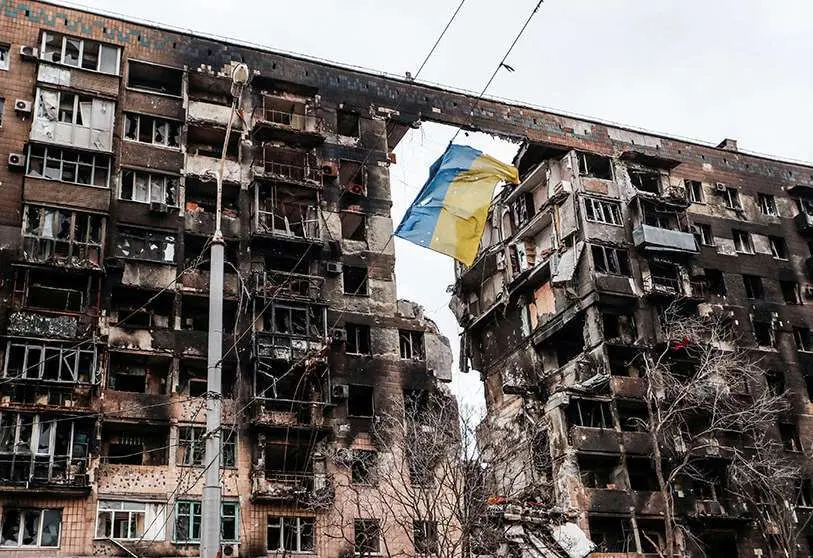The great war in the East

Seventy days later we have entered what the Ukrainians call the great war in the East and they are preparing to continue resisting the crushing bombardment of the Russians. The tactics of Vladimir Putin's generals are along the usual lines they have used on numerous occasions, from Chechnya to Syria. It is a matter of crushing the enemy's positions with artillery and aircraft in the various towns and villages in order to reach the objectives with the least possible resistance and, consequently, the fewest possible casualties.
The enormous number of casualties suffered in these seventy days is very bad for the Kremlin's interests and strategy. More than 15,000 soldiers are acknowledged dead, including 8 generals and senior commanders, and 9,000 missing in the Russian ranks. The figures, which we can assume have been qualified because the Ukrainians put them at more than 23,000 dead, are in themselves too costly for the initial approach of a Putin who never in his worst dreams had suffered the nightmare of taking on such heavy defeats as the one in Kiev. In addition to their deaths, the number of missing persons suggests that a significant proportion of them are due to desertions by soldiers who did not know they were going to fight, who had been sold that it was a blitzkrieg invasion and back to home, and who have found themselves in a real hell, albeit with less intensity than that provoked by Russian revenge.
The mass graves that continue to be found in various Ukrainian villages after the withdrawal of Moscow's troops testify to the horror suffered by the inhabitants of the places razed to the ground and the profound impotence of being overwhelmed and defeated by guerrillas who have used all the means at their disposal to prepare, organise and execute the resistance. The assistance provided by the United States and other NATO countries in terms of weapons, preparation, intelligence and information is an important element in the attrition of the Russian army and Ukrainian defence.
Kiev has become the world's diplomatic capital with visits by foreign leaders, including US Secretary of State Antony Blinken, US Secretary of Defence Lloyd Austin and, a few days later, the Head of the House of Representatives Nancy Pelosi. The Ukrainian president's right-hand man, Volodimir Zelenski, boasted that he had everything under control and guaranteed the security of the visitors. As well as the security of the Spanish Prime Minister, Pedro Sánchez.
The key now lies in the east. In enclaves with mythical overtones such as Mariupol, which is being compared to the resistance of Stalingrad and which has led the Russian General Staff to carry out a new test with the Satan II missile. The aim is to intimidate whoever remains to be left behind and to try to restore some prestige to Russia's weapons capability and forces after the failures in Ukraine. Satan II has the capacity for ten warheads, which at a given height are launched at ten different targets and achieve a high level of destruction. These warheads can be nuclear. Russia has changed the way it attacks, going slowly, surely, much slower, but hard and mercilessly. The Ukrainians need heavy weapons.

